The principle of heat pipe cooling
When one end of the heat pipe (hot end) contacts the heat source and absorbs heat, the working fluid inside the pipe is heated to the boiling point and begins to evaporate. This vapor then flows to the other end of the heat pipe (the cold end), where it releases heat to the surrounding environment or cooling device and condenses back into a liquid state at the condenser. The condensed liquid returns to the hot end through capillary action or gravity, and the cycle starts again.
The design of heat pipes can be very flexible, and they can efficiently transfer large amounts of heat in a very short period of time with almost no restrictions on distance. The high thermal conductivity efficiency of heat pipes makes them an important thermal management solution in a variety of applications such as electronic refrigeration, computer CPU cooling, solar collectors, and satellite thermal management systems.
The cross-sectional view reveals the internal dynamics of the heat pipe mechanism, showing how it efficiently manages heat by absorbing heat at the copper fins and then evaporating the working fluid within the heat pipe. The vapor travels along the pipes to the cooler areas of the heatsink, where it condenses into a liquid. This heat transfer process is color-coded to visually guide you through the heating and cooling stages. The arrows inside the heat pipe indicate the flow of steam and condensed liquid, completing the heat dissipation cycle. Keep communications equipment operating at optimal temperatures.
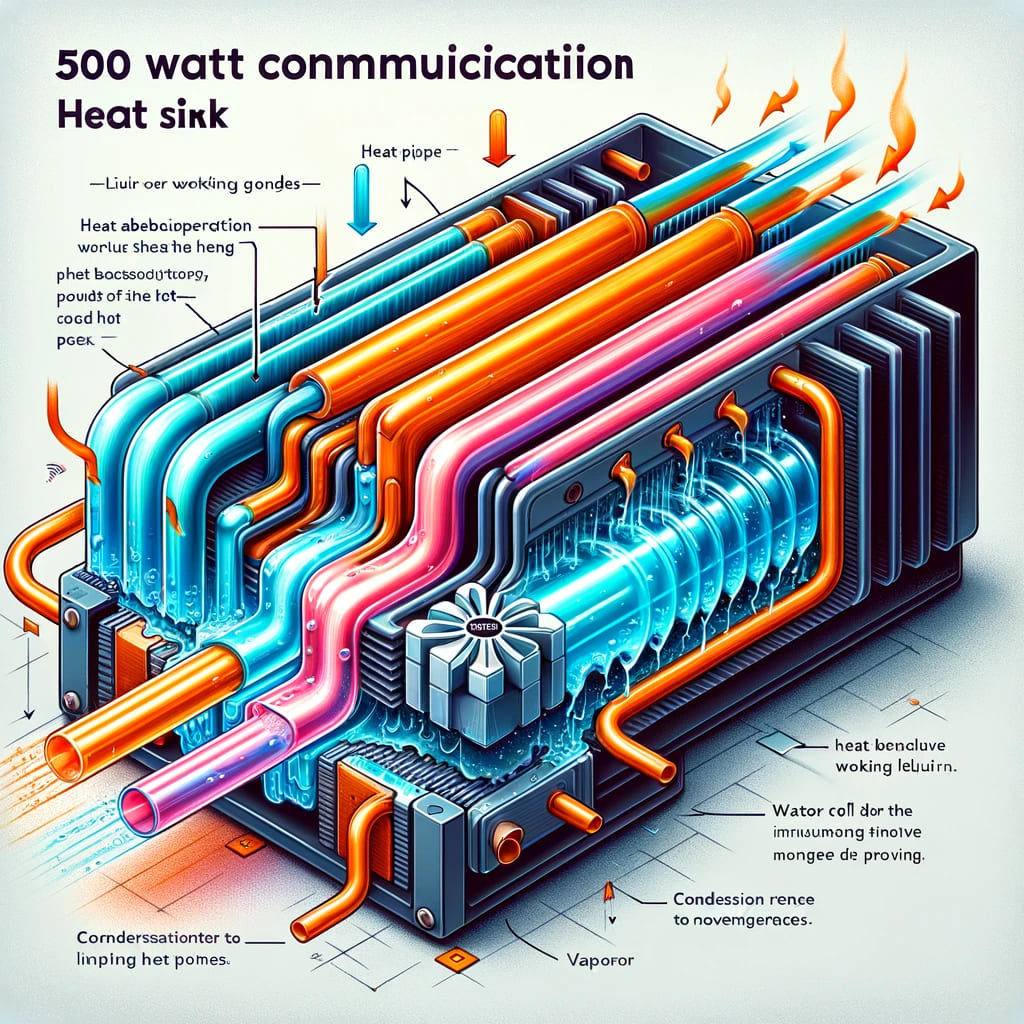
-
High Power Heat Pipe Heat Sink
Designed to manage high thermal loads, this heat sink features multiple heat pipes and an efficient fin structure to maximize heat dissipation. The heat pipes rapidly transfer heat away from the source to the fins, where it is effectively dissipated into the surrounding air. With its robust construction, this cooling solution is ideal for demanding applications such as high-performance CPUs, GPUs, and power electronics, ensuring optimal temperature control and enhancing the reliability and lifespan of the devices.INQUIRE NOW -
CAGE CFP2 100G DCO Heat Sink
The CAGE CFP2 100G DCO Heat Sink features advanced heatpipe cooling technology, designed for high-density data centers and telecom infrastructure. Its high-quality aluminum construction ensures efficient thermal conductivity, extending device lifespan. Suitable for CFP2 modules, it guarantees stability and reliability for 100G DCO applications.INQUIRE NOW -
5G Base Station Cooling
This advanced heat sink is designed for efficient cooling in 5G base stations, utilizing heatpipe cooling technology to ensure optimal thermal management. With its high-performance aluminum construction, it rapidly dissipates heat, ensuring the stable operation of critical components in high-density, high-temperature environments. Ideal for demanding 5G infrastructure applications, this heat sink enhances system reliability and extends component lifespan.INQUIRE NOW -
Heatsinks With Heatpipes
This heatsink integrates advanced heatpipe cooling technology, designed to efficiently manage high thermal loads. The copper heatpipes quickly transfer heat away from critical components, ensuring stable performance in demanding environments. Perfect for applications in electronics, telecom, and industrial equipment, this heatsink is engineered for reliability and long-lasting cooling efficiency.INQUIRE NOW -
500 Watt Communication Heat Sink
The 500W Communication Heat Sink with heatpipe cooling technology offers superior thermal management for high-power communication devices. It features copper heatpipes and aluminum fins for efficient heat dissipation, ensuring stable operation and extended device lifespan in demanding environments.INQUIRE NOW -
LM2-200GbMXP CFP2 Heat Sink
The LM2-200GbMXP CFP2 Heat Sink with heatpipe cooling ensures high-efficiency thermal management for high-speed communication modules. Its copper heatpipes and aluminum structure offer superior heat dissipation, maintaining stable performance for 200Gbps systems. Ideal for demanding network environments.INQUIRE NOW
Heat pipe technology is an efficient thermal management solution widely used in sectors requiring rapid and effective heat dissipation, such as electronics, aerospace, military, and medical equipment. Here are four detailed professional advantages of heat pipe technology:
Superior Thermal Conductivity and Rapid Heat Transfer
The core advantage of heat pipes lies in their phase change heat transfer mechanism, where the working fluid evaporates at the hot end upon heat absorption and then condenses at the cold end to release heat. This process enables heat pipes to transfer heat with far greater efficiency than traditional conductive materials. Utilizing the phase change between liquid and vapor phases allows heat pipes to transfer significantly more heat per unit of time, especially suitable for high heat load applications.
Adaptive Shape and Design Flexibility
Heat pipes can be easily bent and shaped to fit a variety of complex spatial designs and layout requirements while maintaining smooth internal working fluid circulation. This adaptability in design allows heat pipes to play a crucial role in systems where space is limited or the geometry is irregular , all while maintaining efficient heat transfer performance.
Reliability and Ease of Maintenance
As heat pipes contain no mechanical moving parts, their operational stability and reliability are exceptionally high. Their simple and durable structure makes them resistant to damage or aging, requiring virtually no maintenance during use. This characteristic is particularly suitable for environments with stringent reliability requirements, such as spacecraft and medical devices.
Efficient Energy Use and Environmental Adaptability
Heat pipe technology offers an environmentally friendly cooling method, excelling in scenarios that require the utilization or recovery of waste heat. It effectively transfers waste heat to places where it can be reused, thus improving the overall energy efficiency of the system. Additionally, heat pipes perform efficiently across a range of environmental temperatures, maintaining their effectiveness even under extreme temperature conditions.
Leave a message!
Our professional team will reach you within 24hrs!
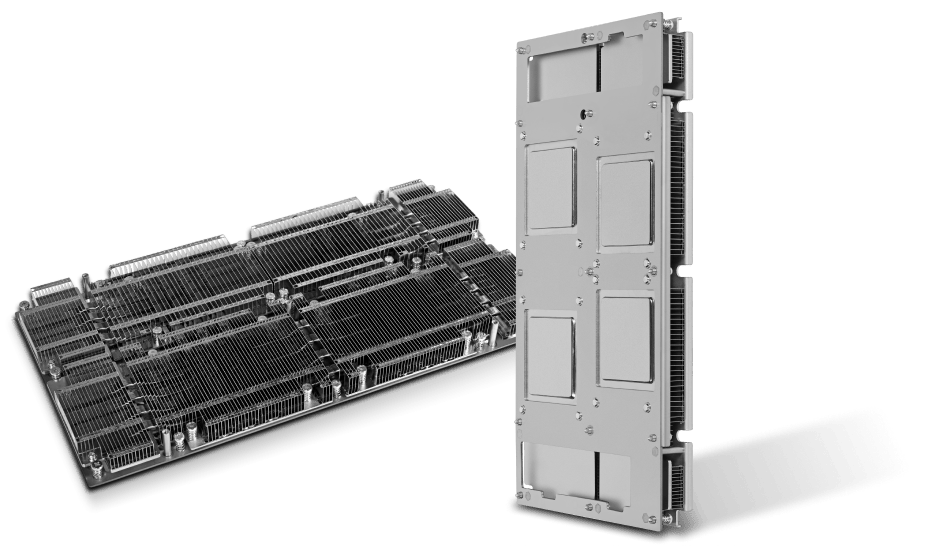





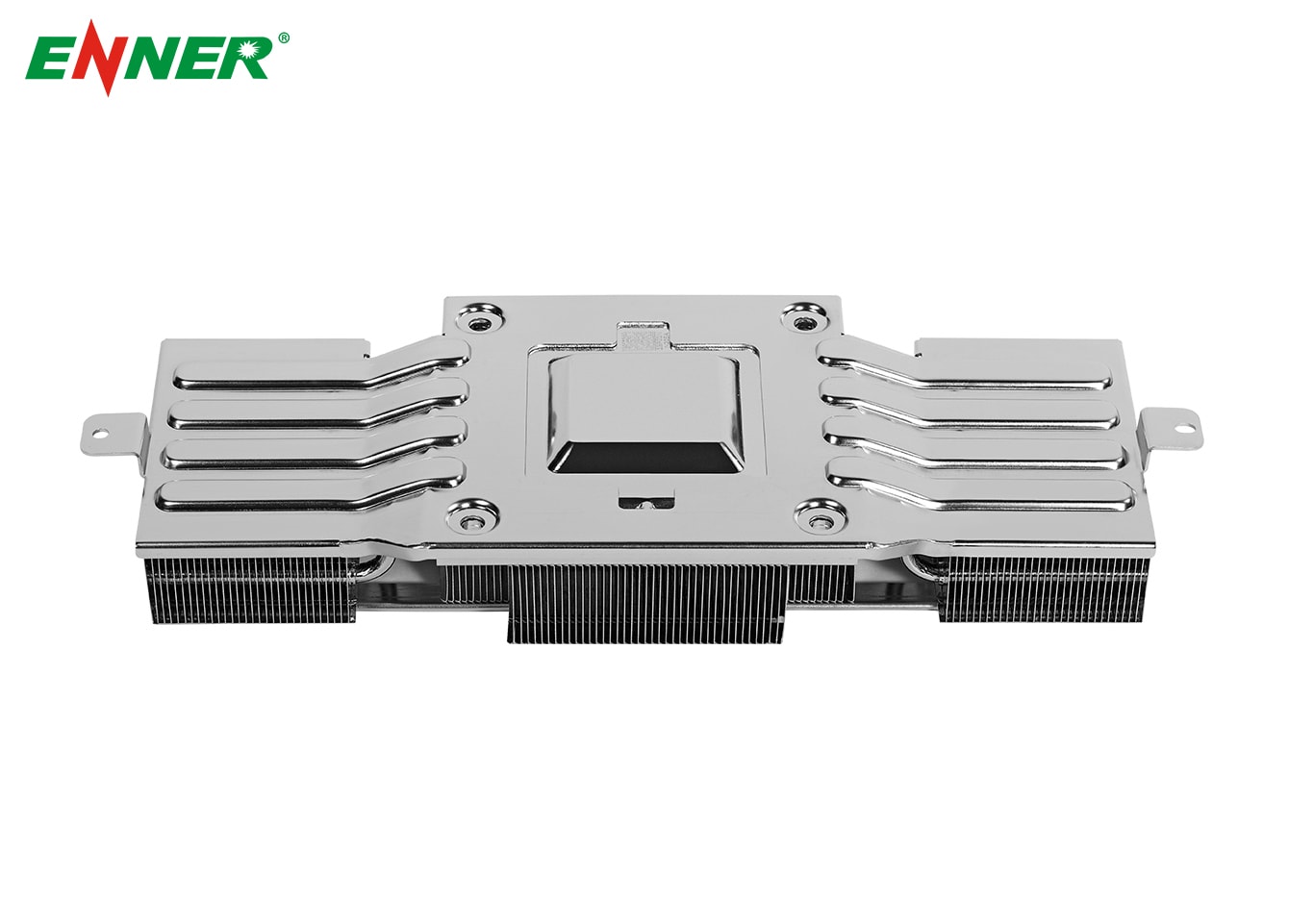
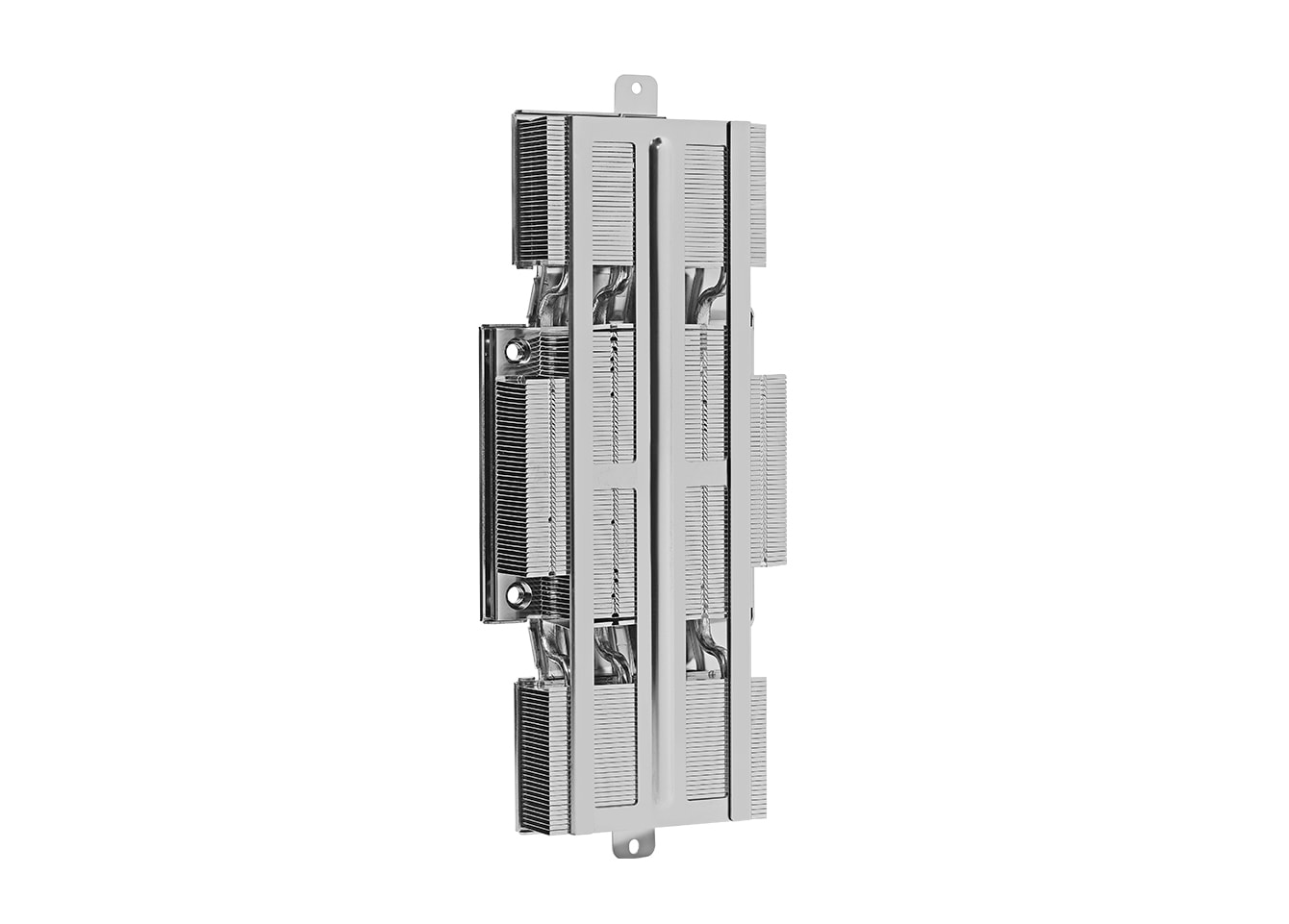
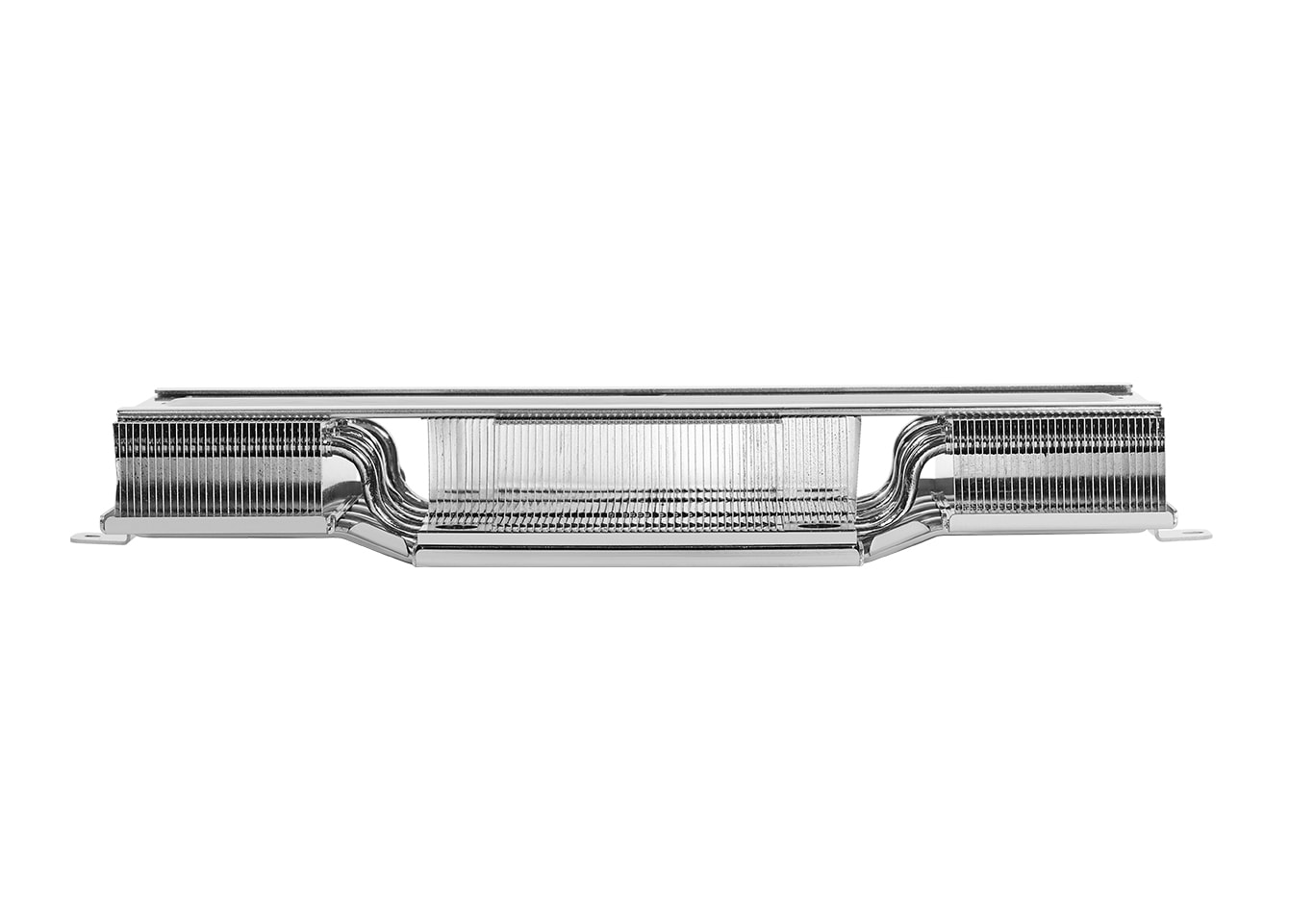
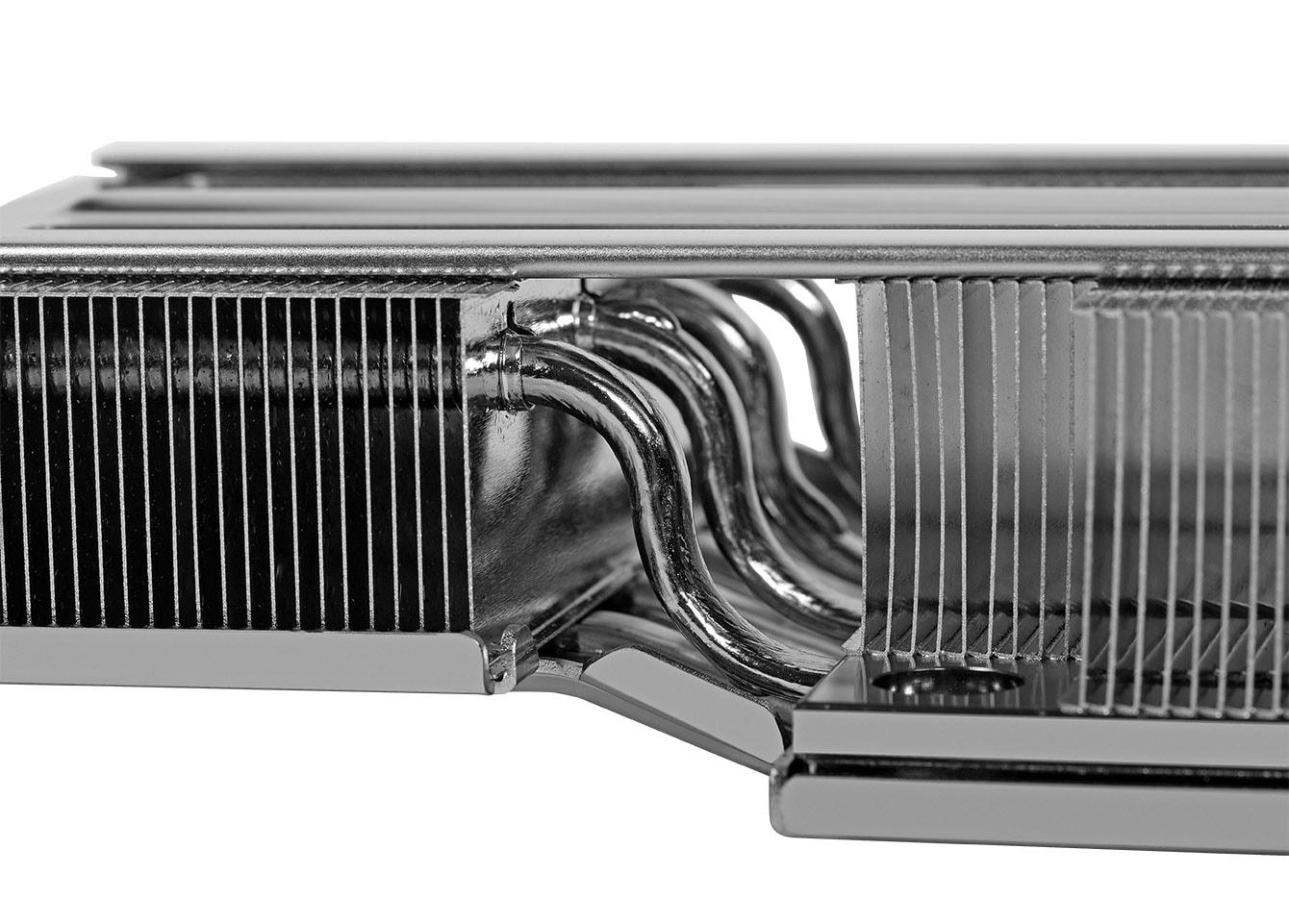
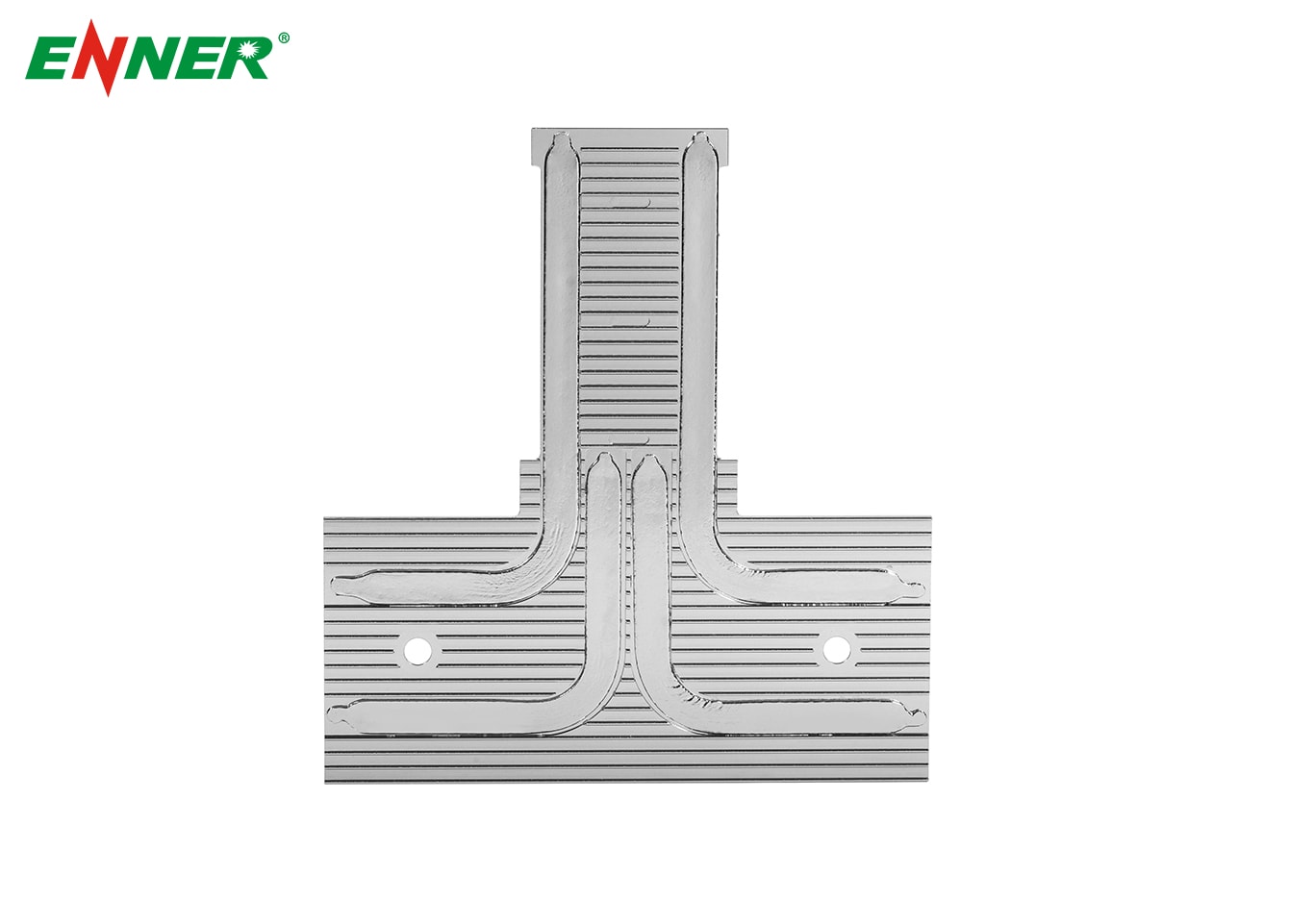
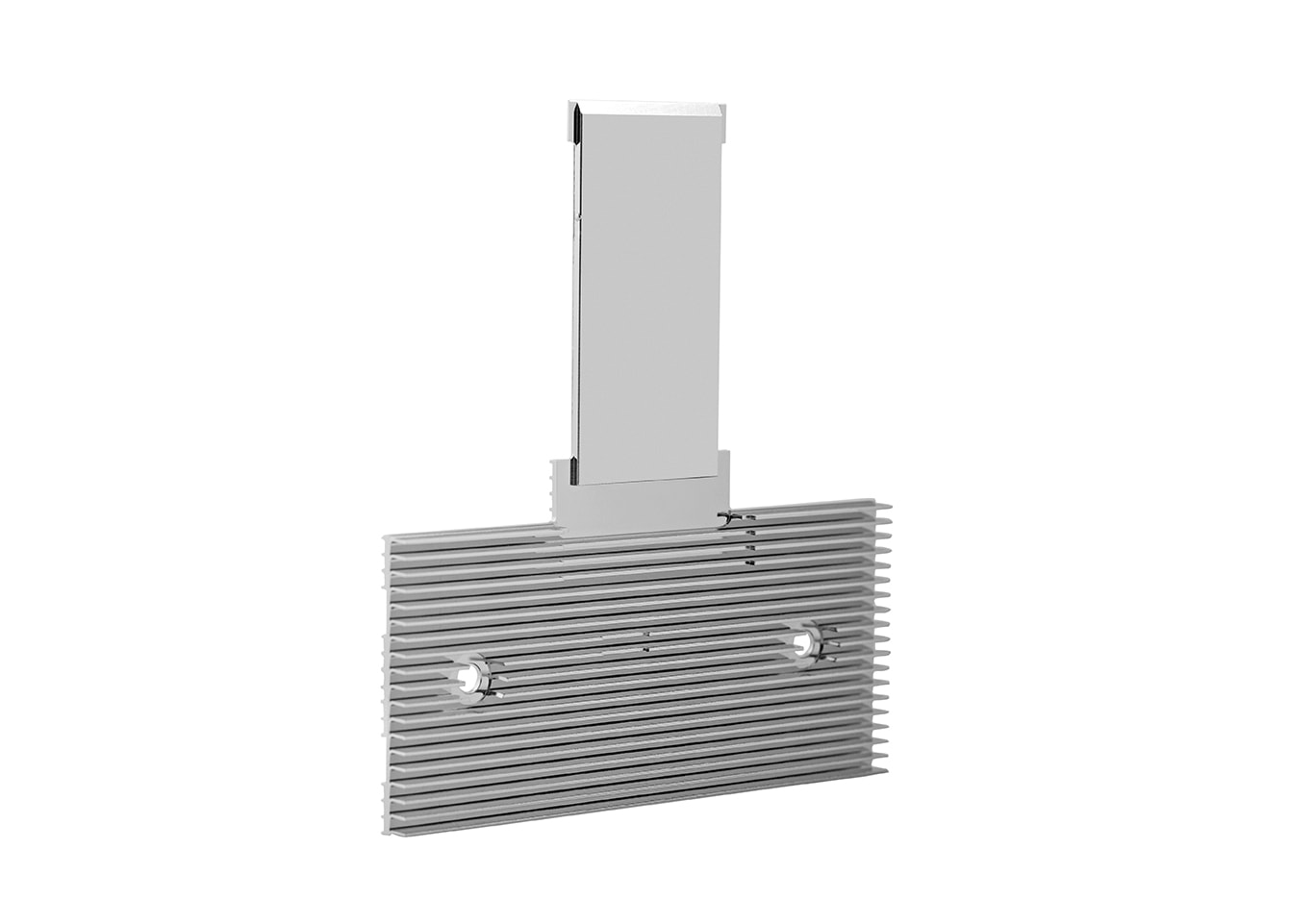
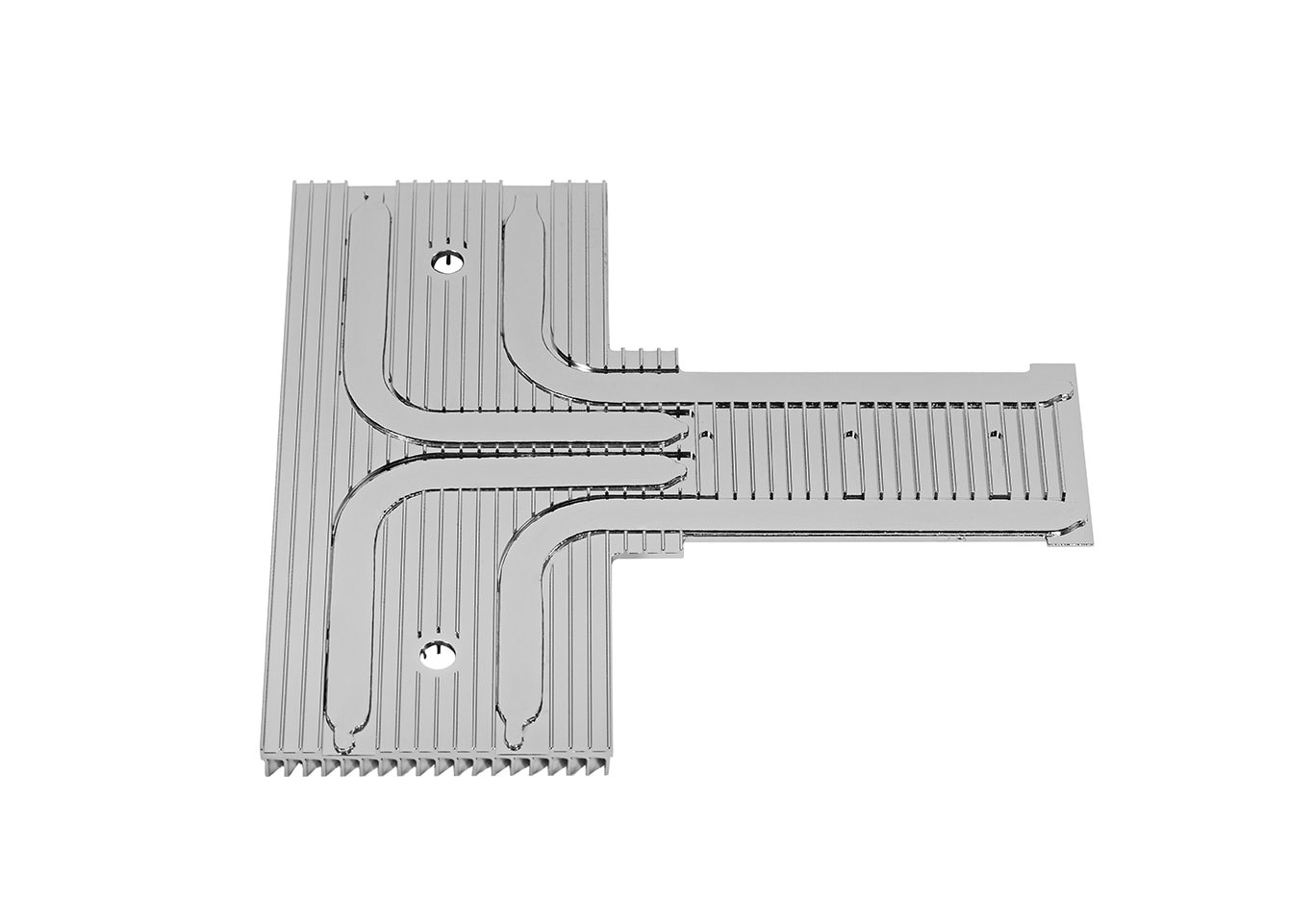
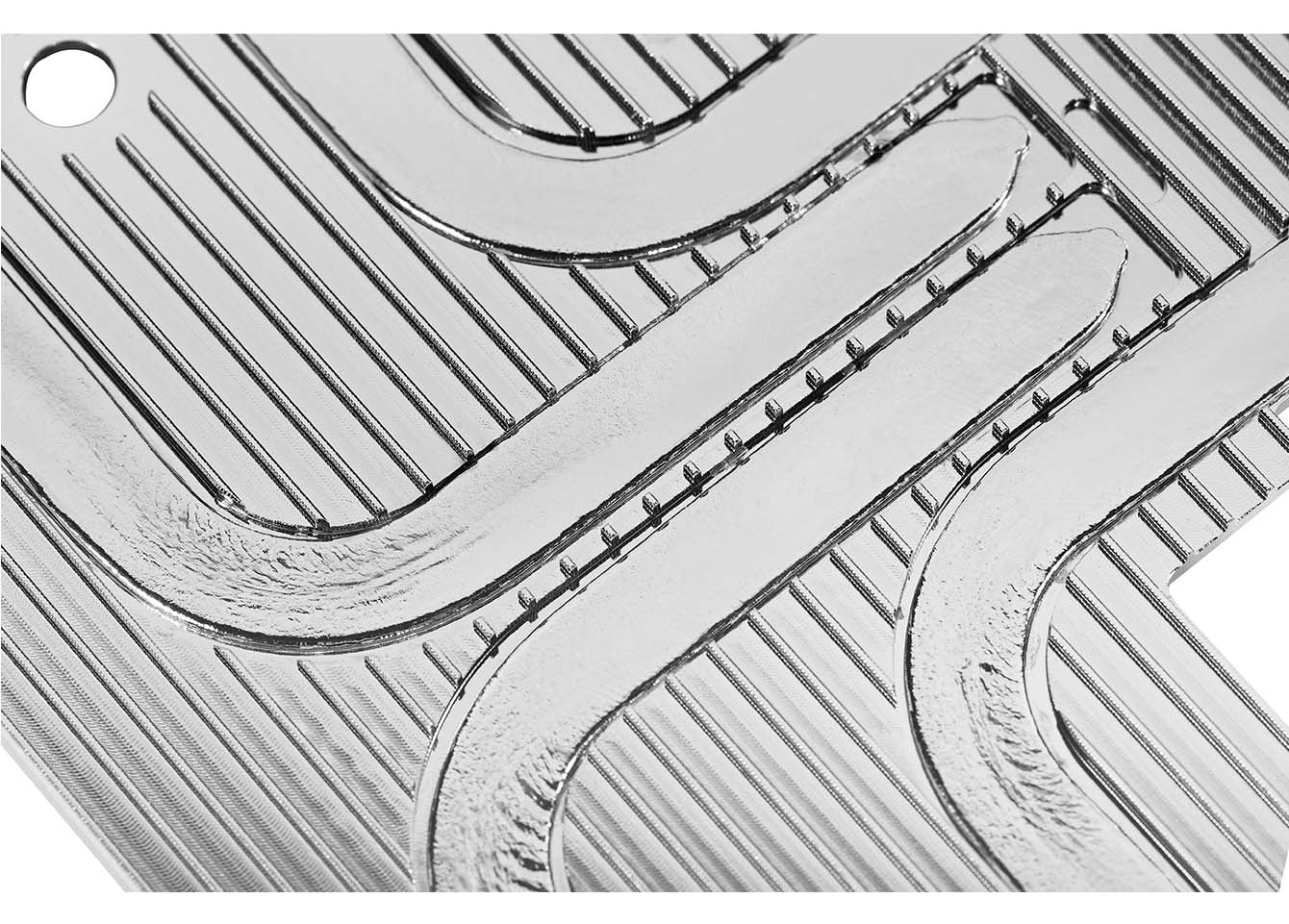
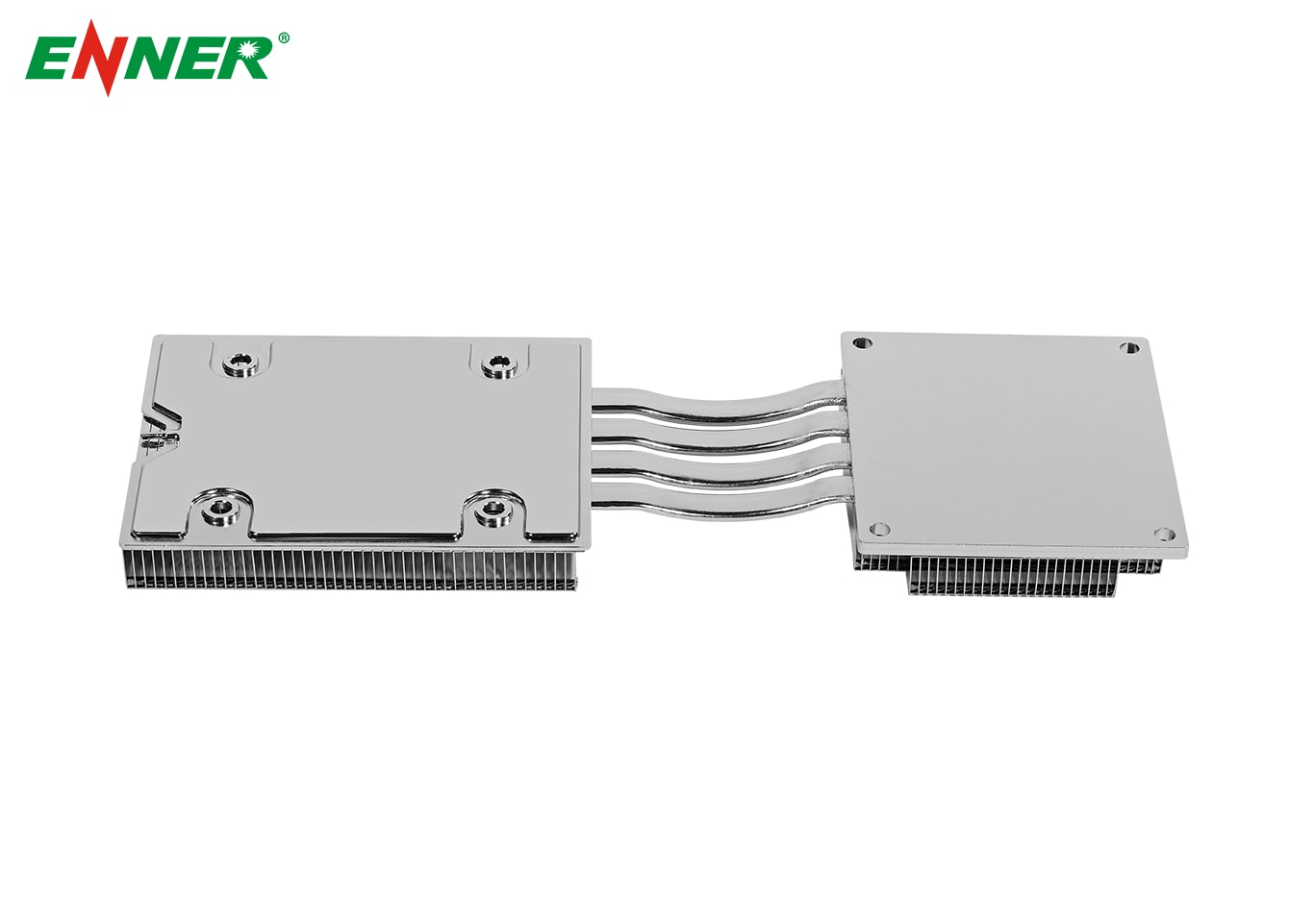
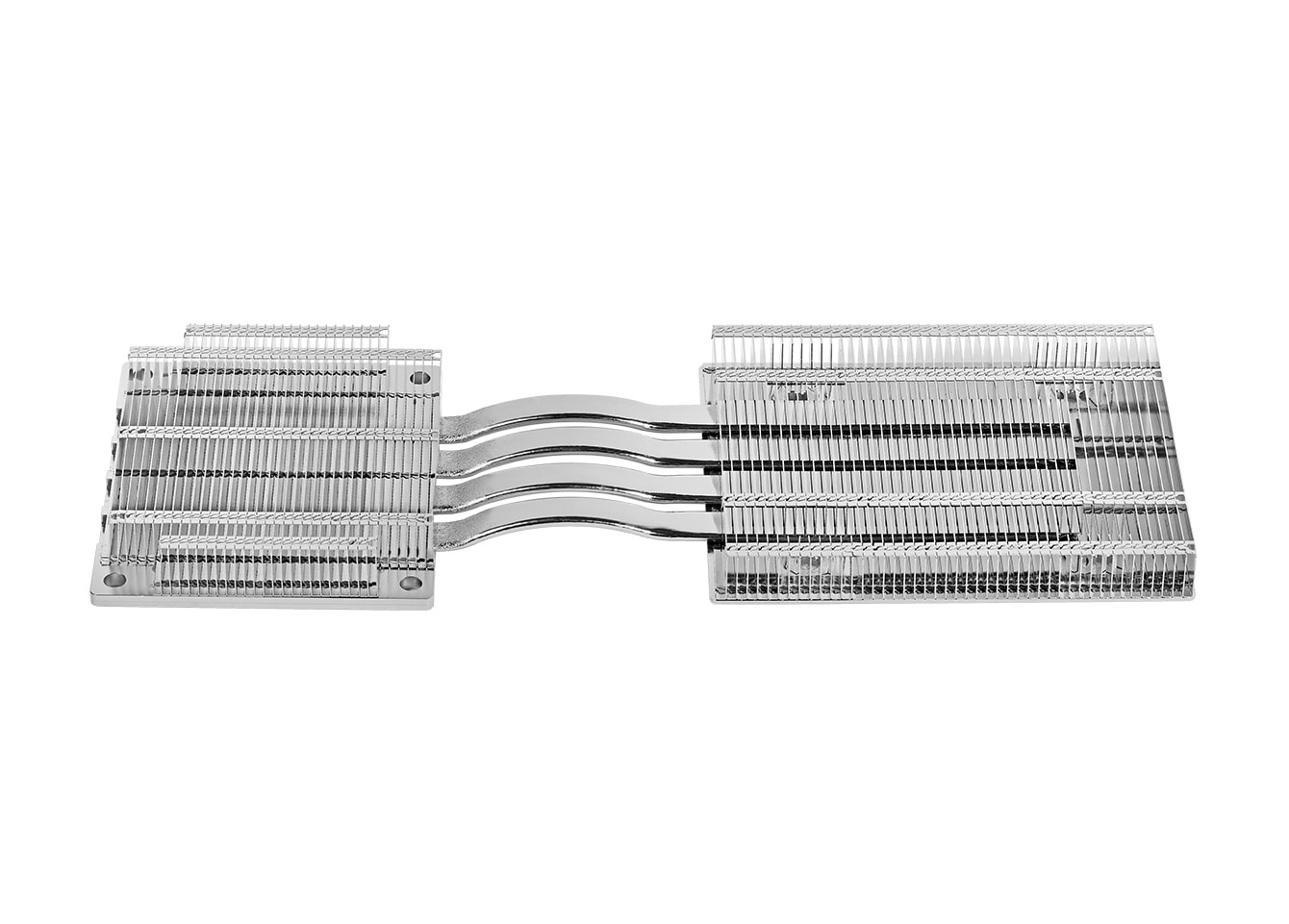
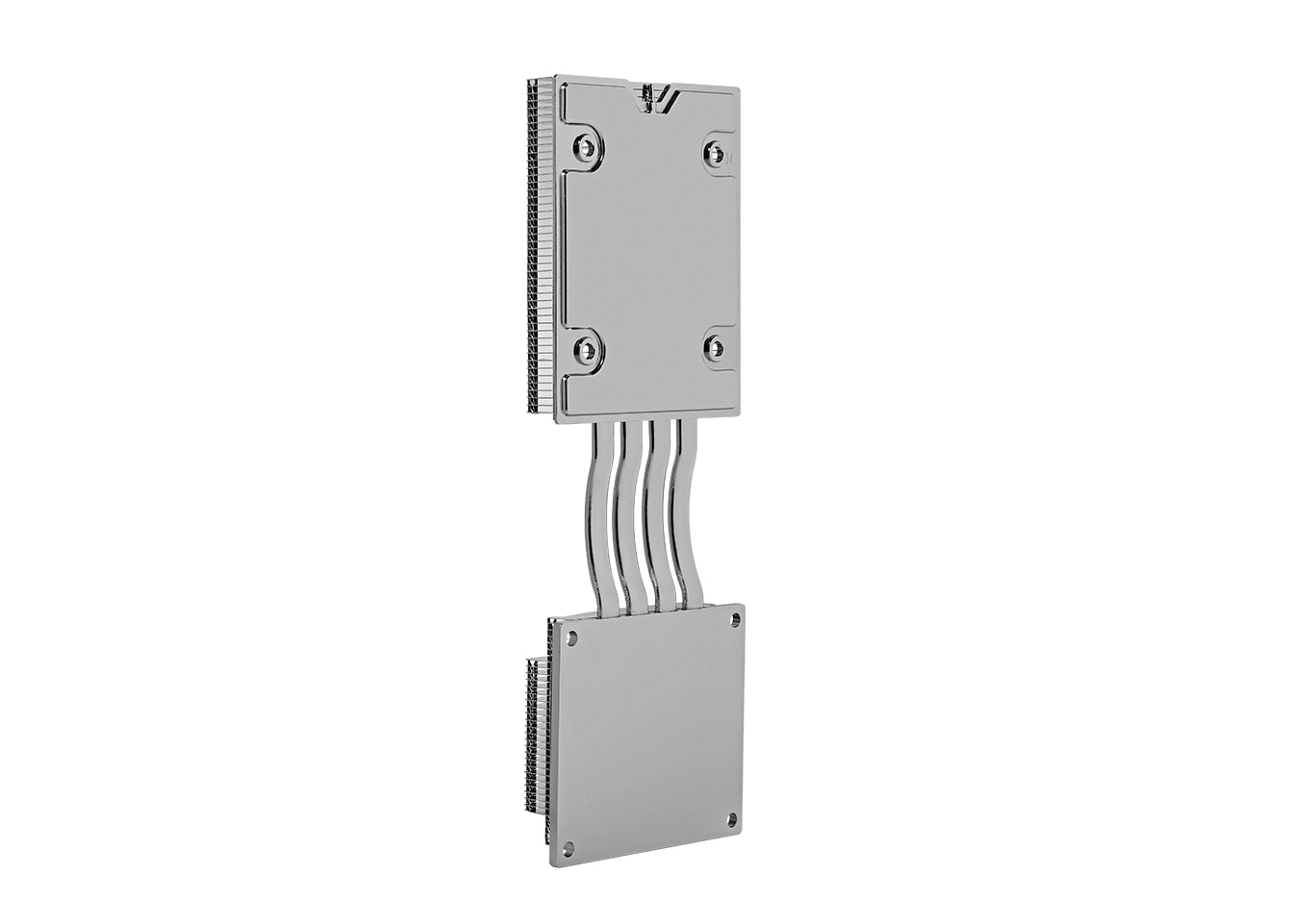
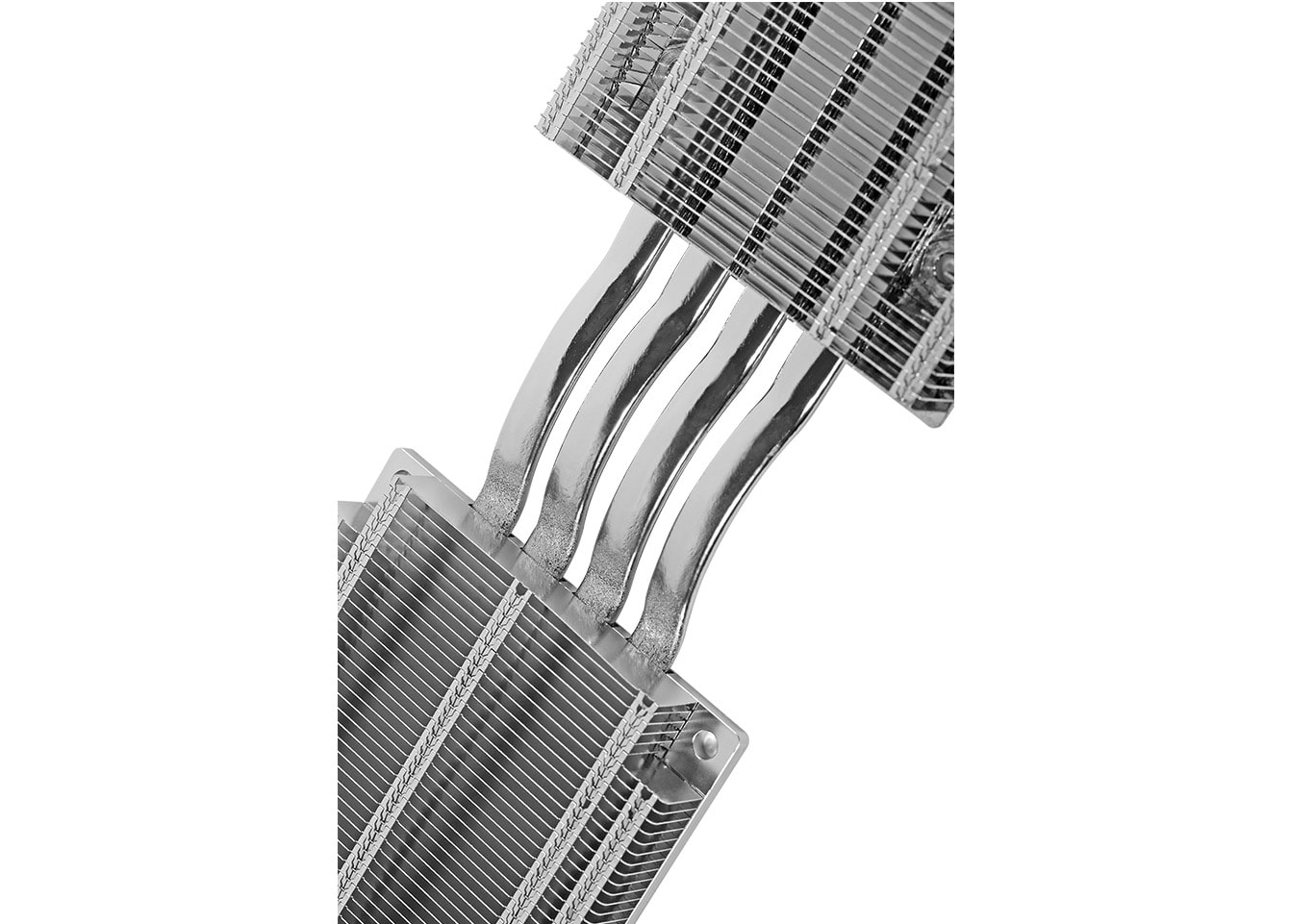
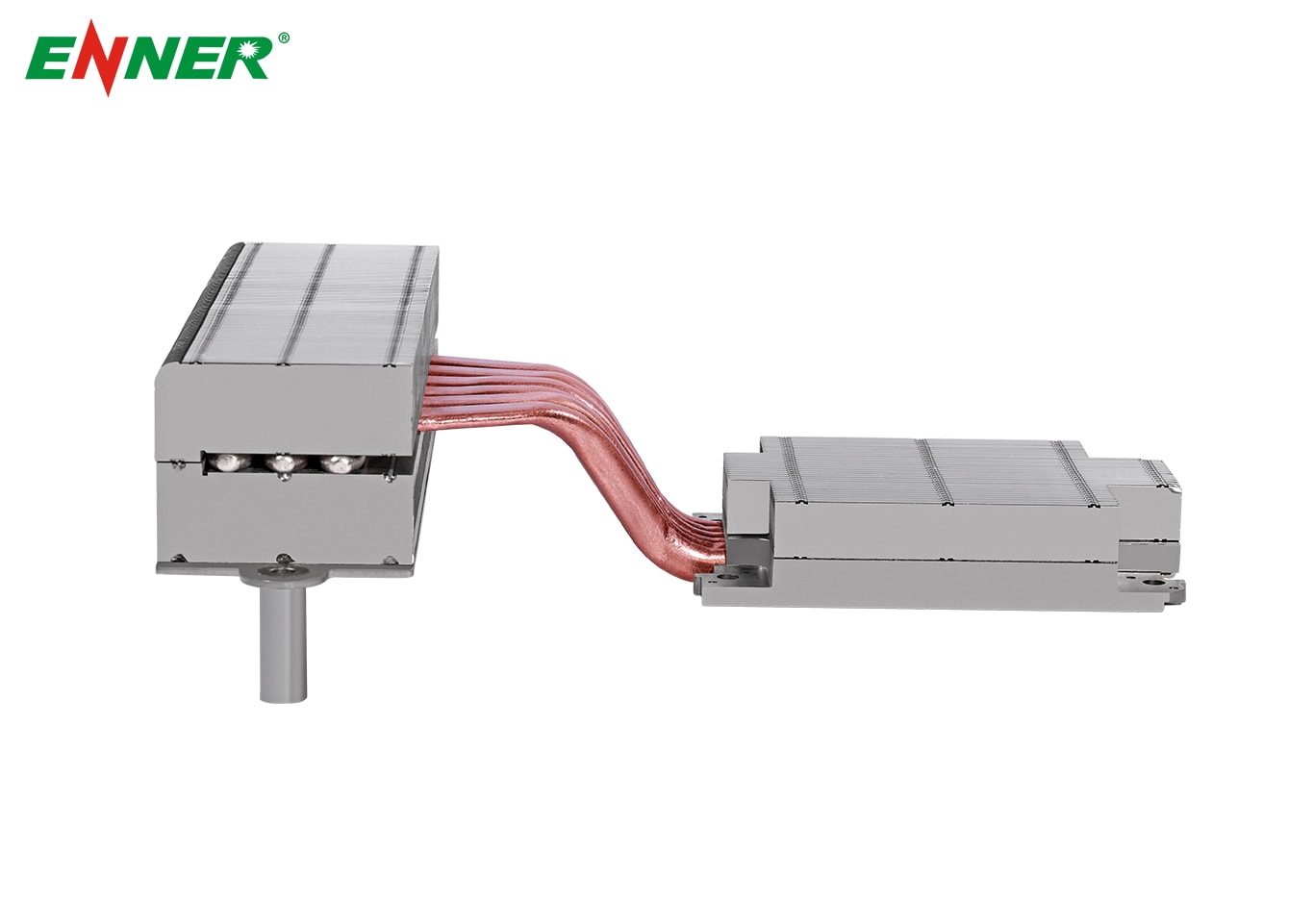
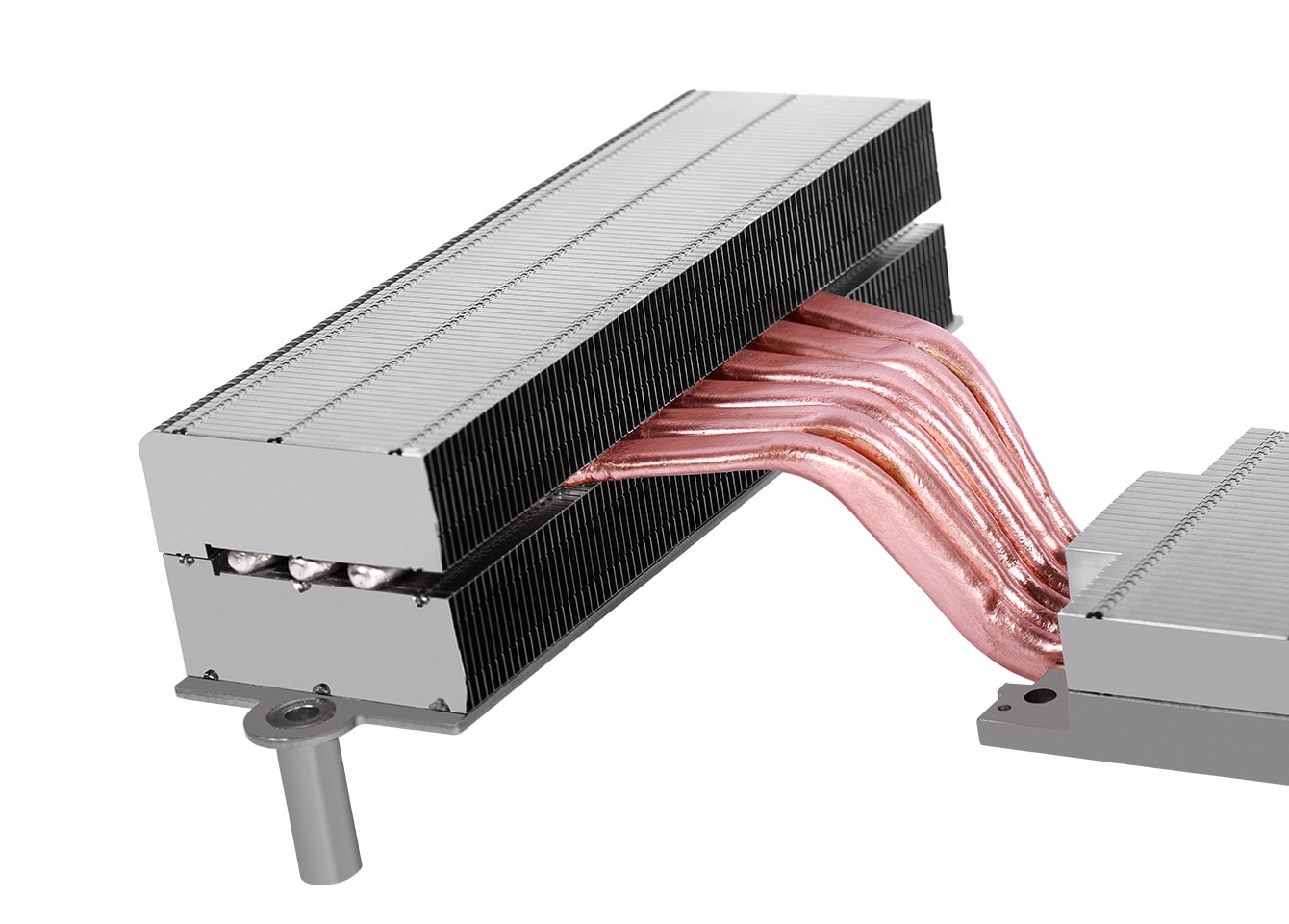
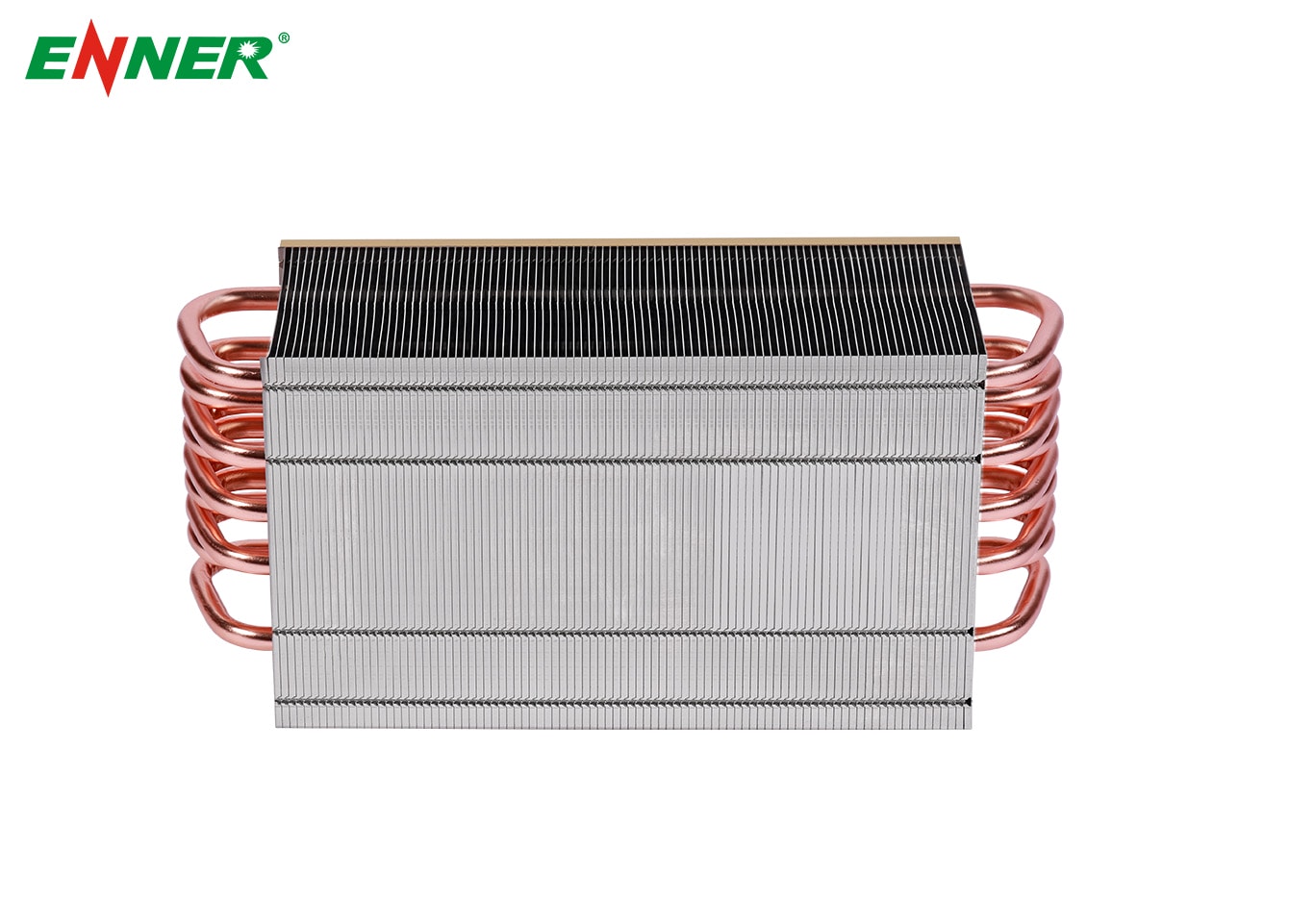
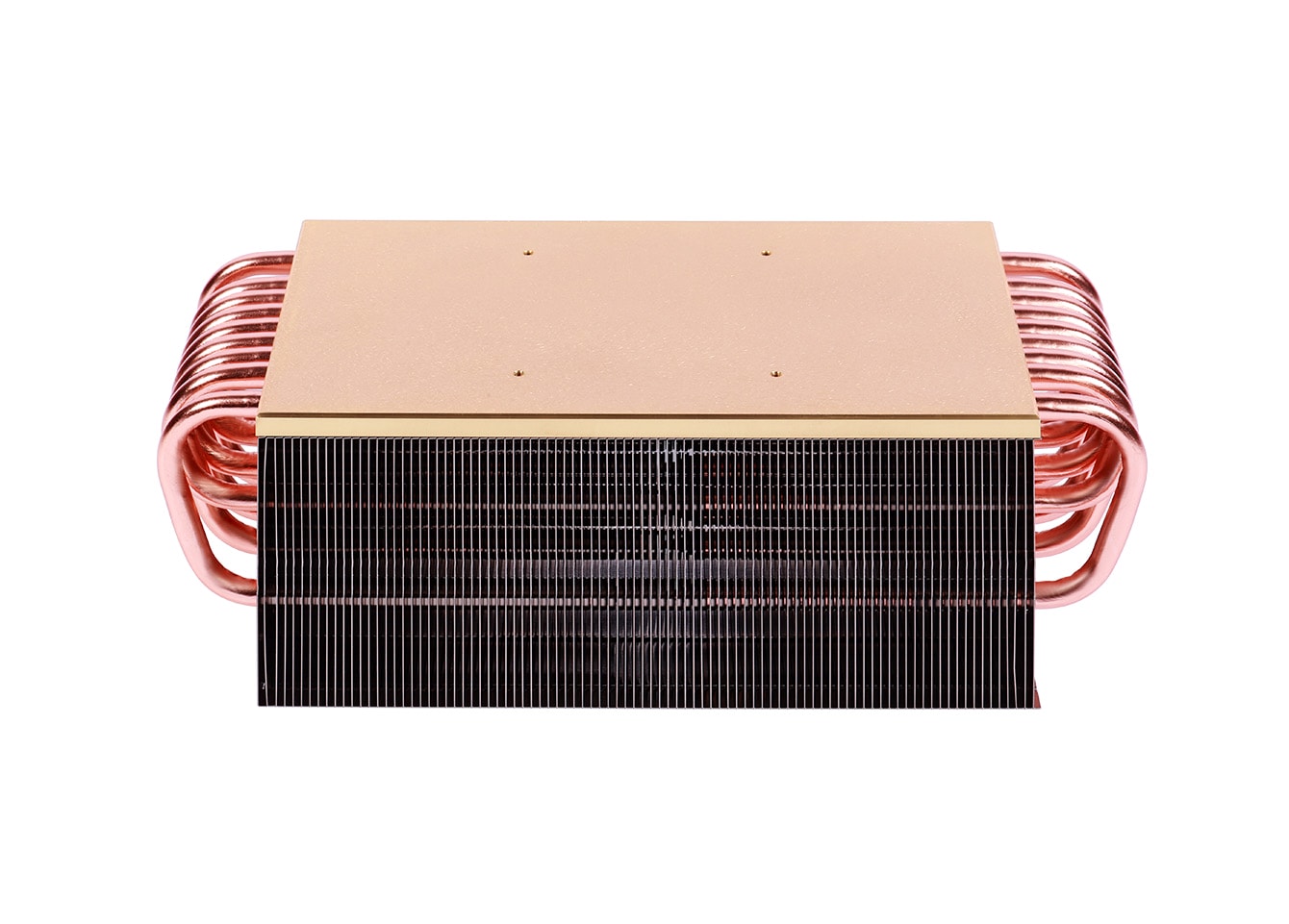
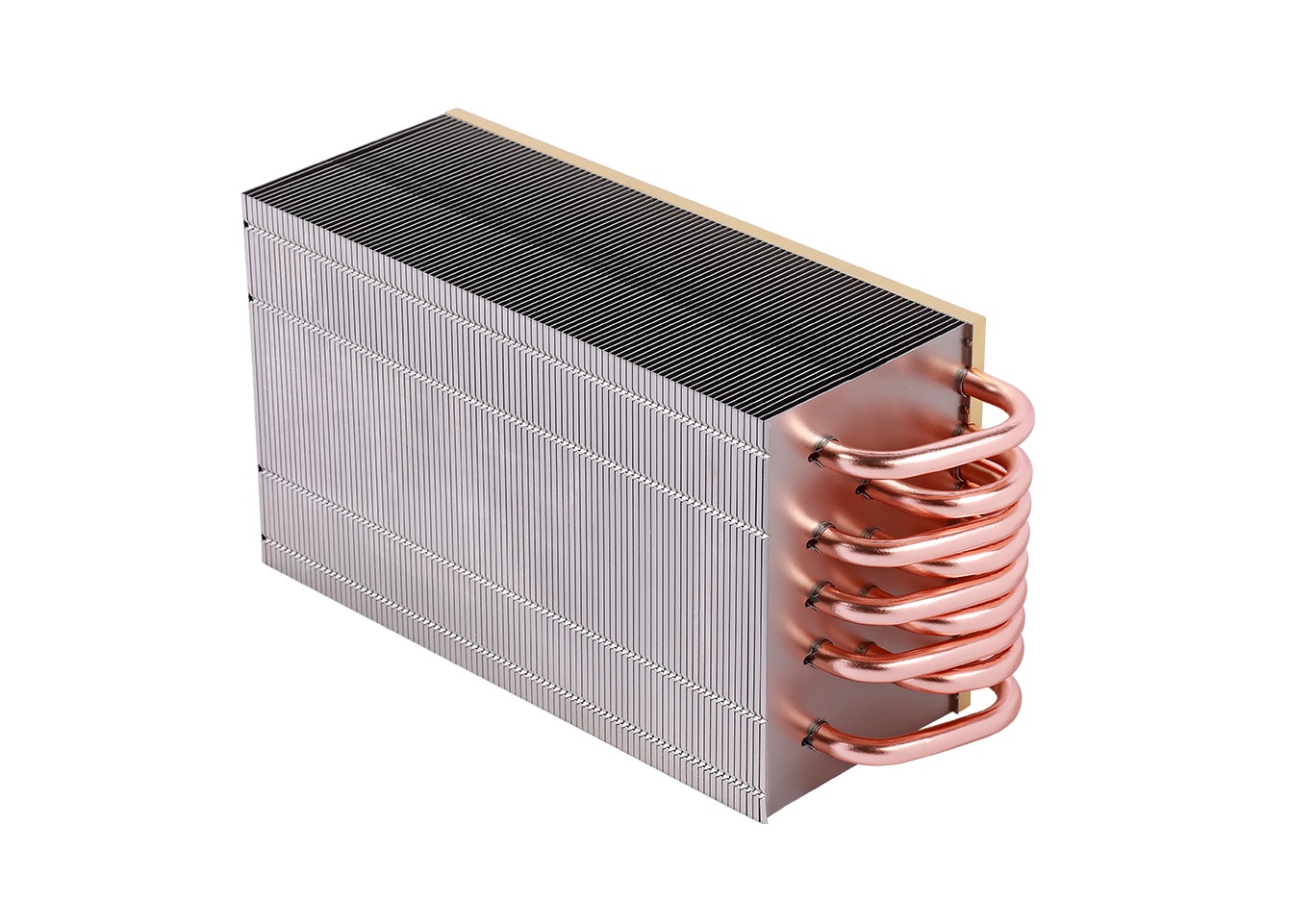
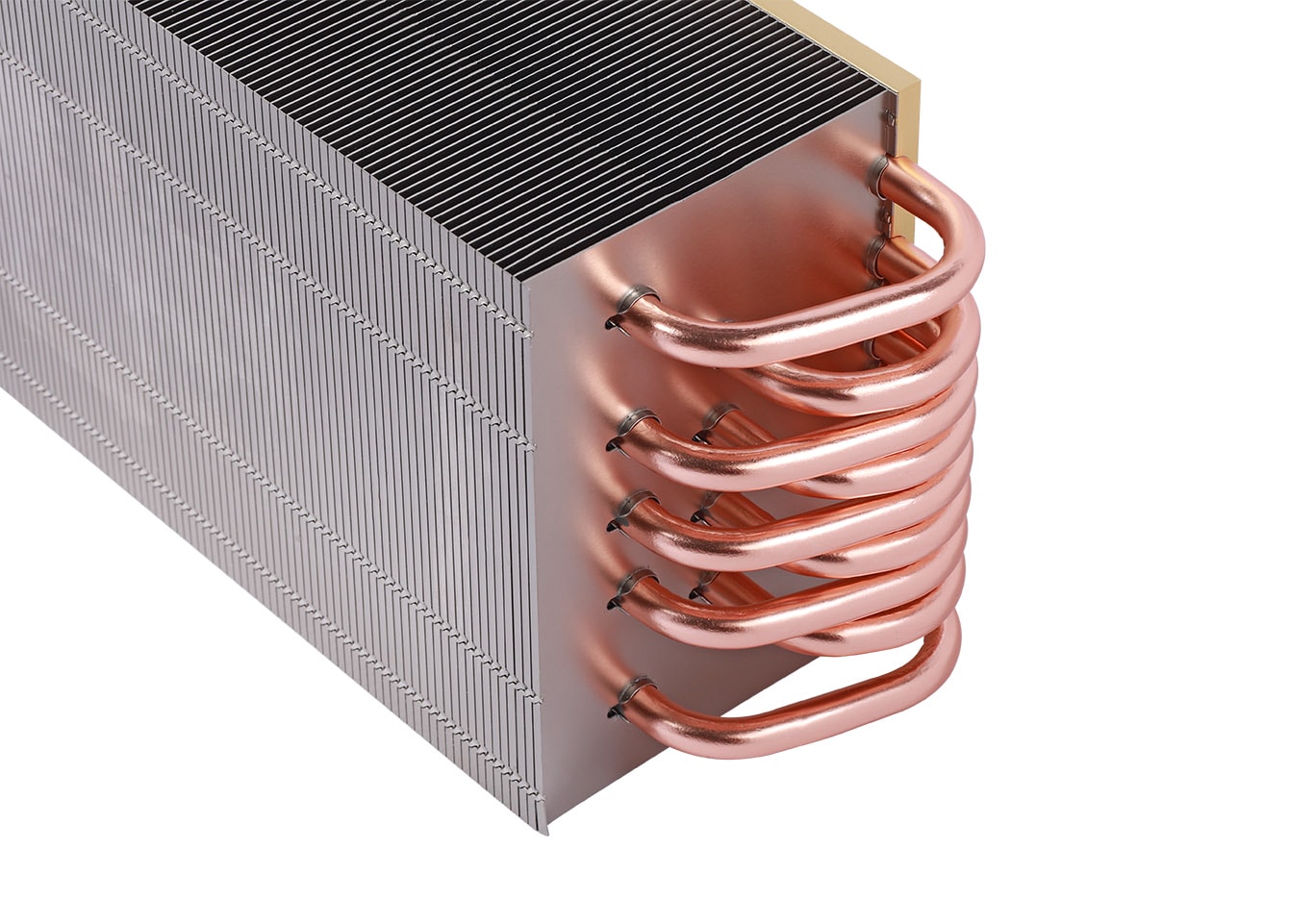
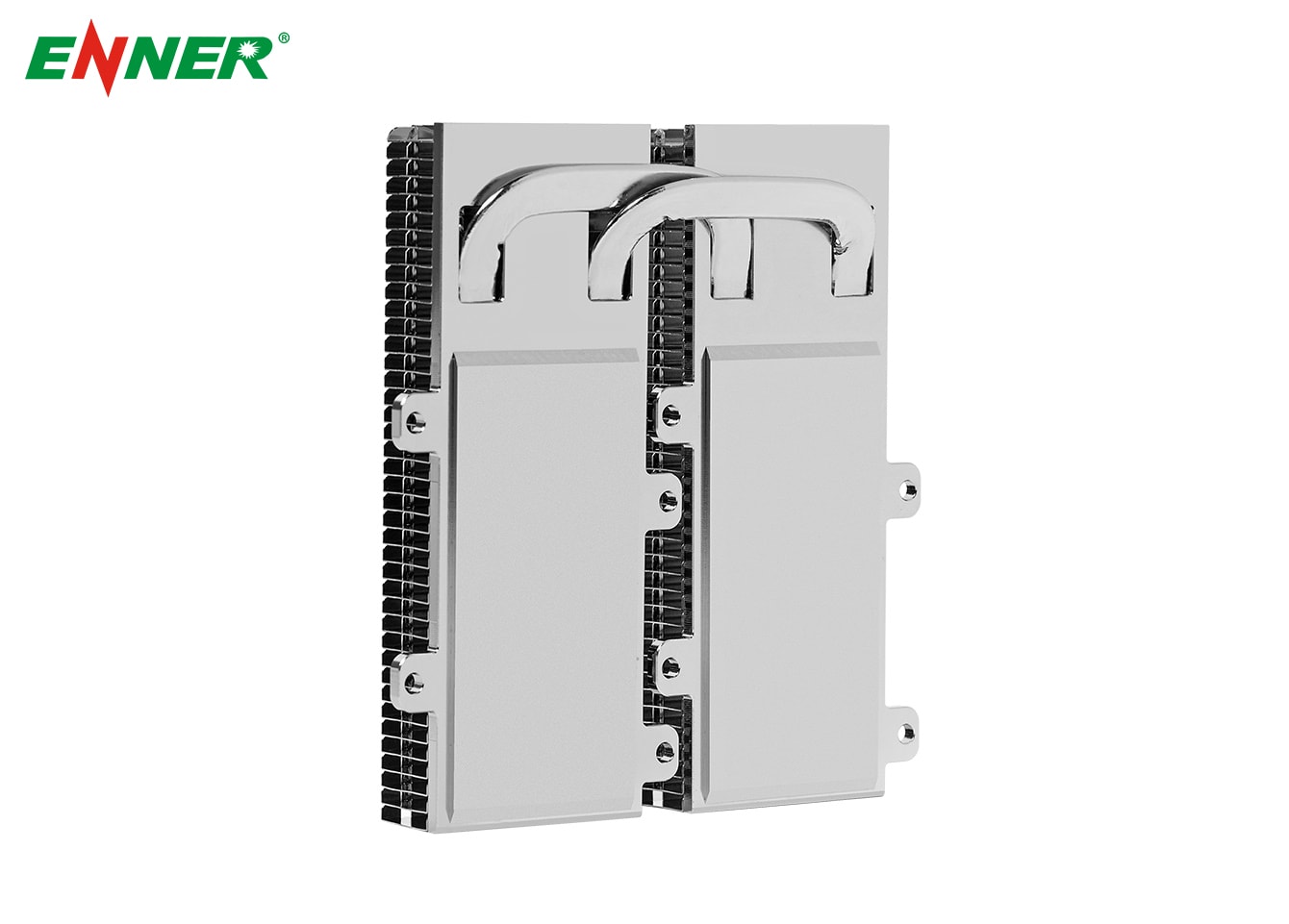

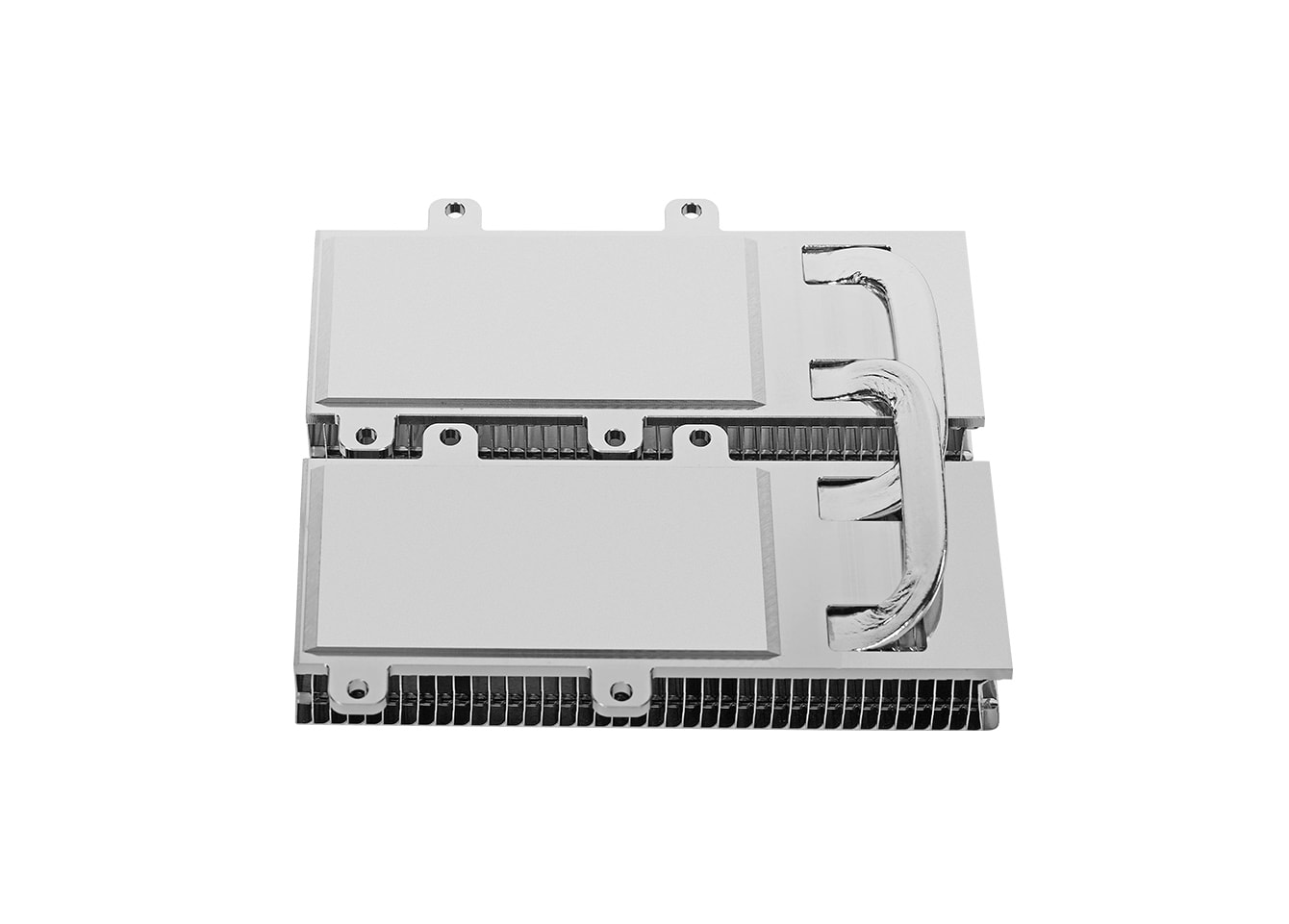
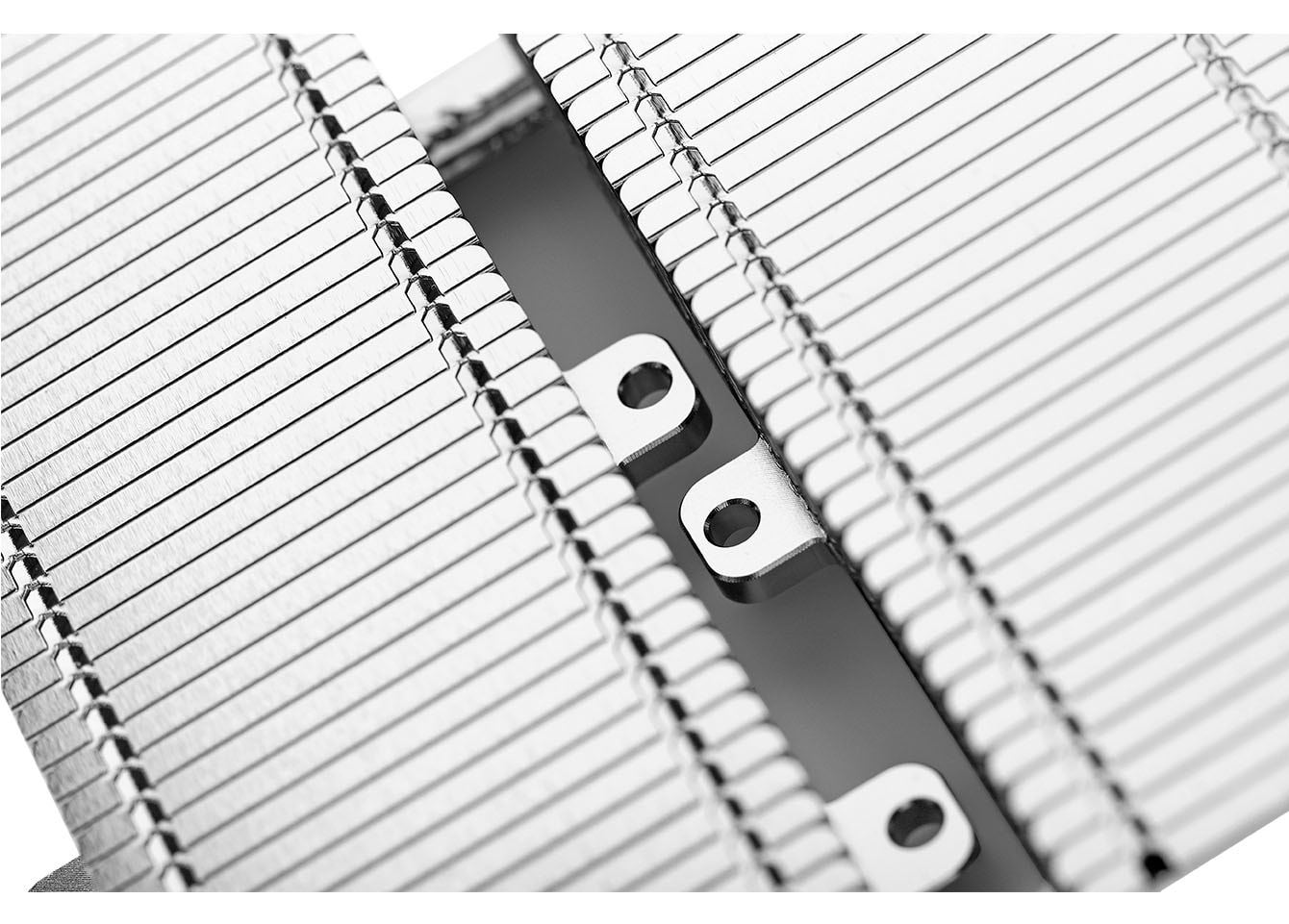
 Crystal Xi
Crystal Xi





 Leave message
Leave message